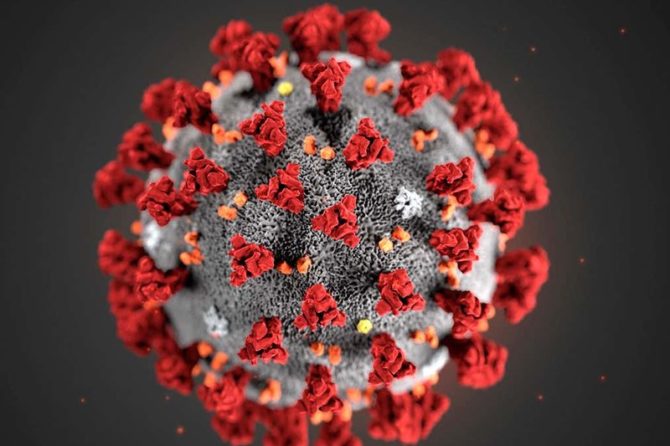
Fertility Care During The Current COVID-19 Pandemic
Dear Patients, I want to keep you up-to-date on fertility care during the current COVID-19 pandemic and answer some frequently asked questions.
Is active treatment to get pregnant still on hold?
As promised, our professional organization, ASRM, issued revised practice guidelines on Monday, March 30th. To no one’s surprise, they are an extension of the previous guidelines [which recommended pausing active fertility treatment to achieve a pregnancy] through April 13th. The committee will again review and update the recommendations in two weeks. In the meantime, while I will not be helping you with active treatment, I am available by telephone or video conferencing to discuss your plan, test results or other questions you may have. You can schedule these visits with me by calling my Oak Lawn office at 708-741-7012.
Is social distancing really making a difference to slow the spread of the virus?
As all of us labor to get through these very difficult times, we all look for some reassurance that helps show us that our efforts are paying off. There is a sea of data being collected about COVID-19, but can any of it tell us if we are making a difference? Is social distancing working?
The purpose of social distancing is to slow the spread of COVID-19. The word ‘slow’ implies a numeric rate (i.e. a measure of something that changes over time) and the numbers can help us understand the spread. One piece of information to look at would be the rate at which COVID-19 is spreading across the United States, and – more importantly to all of us Illinoisans – how is the virus spreading in our state. The basic data to calculate the spread is readily available in Illinois at http://dph.illinois.gov/covid19. Here’s how to understand it: First, navigate to the graph of daily new cases (labelled “Illinois Confirmed Cases”) and click on “10d” in the lower left-hand corner. That will show you a graph of the number of new IL cases for the last ten days. To calculate the rate of change (or how fast the virus is spreading), take the number of confirmed cases today and subtract it from the number of confirmed cases from yesterday. Then divide the results by the number of confirmed cases yesterday to get a rate of change. (For example: March 23 had 1283 confirmed cases and March 22 had 1046. The rate of change from March 22 to March 23 was 1283-1046/ 1046= .227 or 22.7 %.) If you do this for all ten days shown, it becomes evident that the daily rate of change will vary so much that this number alone is not very helpful in determining if we are making a difference.
So, how can we make it more meaningful? One way to correct for this is to do what are called “running averages.” In other words, you take a period of time (for example three days) and average the rate of change during that time. Then you move forward one day and do the same but with the new set of three days. This gives a better idea of the trend. Looking at the graph below, the goal is to see the trend cross the 0 line (or baseline) and start to show a negative rate of change or, in other words, a reduction in the number of daily new cases. As long as the line is pointing down, we are making a difference… and, look at the graph below again, we are!
Below you will find a graph from March 21 through March 30:

The graph does show a downward trend, so it seems as if our efforts to stop the spread of the virus through social distancing are paying off. This is a very crude statistic but helpful and easily calculated. So, when will things return to normal? We hope things should start to move to a new normal sometime in the month of April. Looking ahead, that could mean that some of the restrictions for social distancing may start to be reduced as of May. Whenever that happens, we can release the ‘pause’ button and resume the journey to parenthood. We will be ready and we will do all we can so that you are ready, too.
Again, if you need to reach out to me, please do. I am here for you.
Respectfully, John Rinehart MD, PhD
Leave a reply